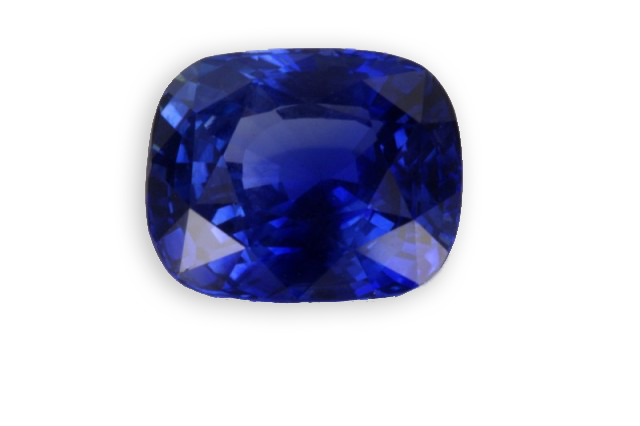
vitreous
Je vous emmène à travers mes vidéos découvrir mon expérience acquise depuis plus de 30 ans a silloner le globe entier à la recherche de pierres précieuses, de rencontre mémorables mais aussi de difficulté parfois …
actualités
Categories

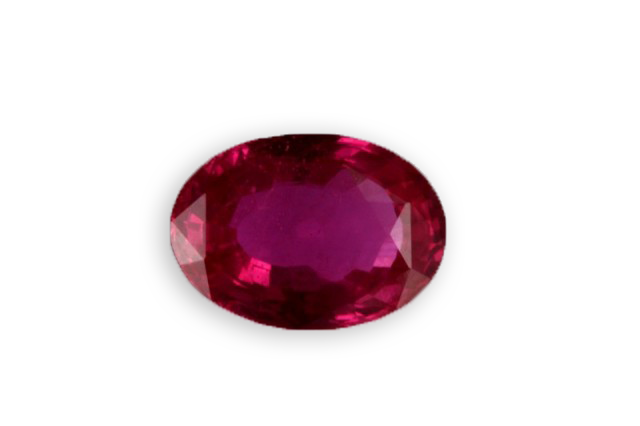
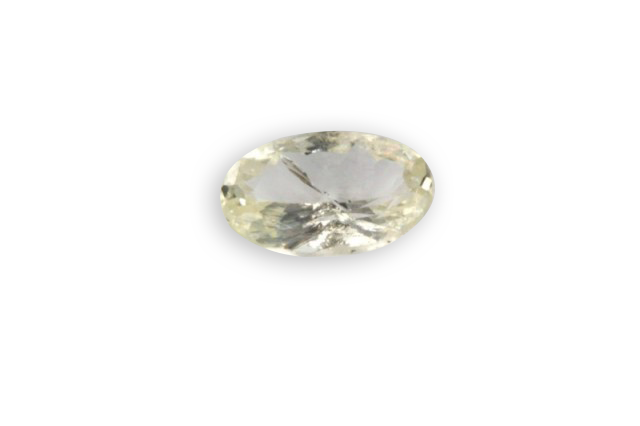
richterite
Discovered in 1865, its name honors the German mineralogist Theodor Richter (1824-1898).
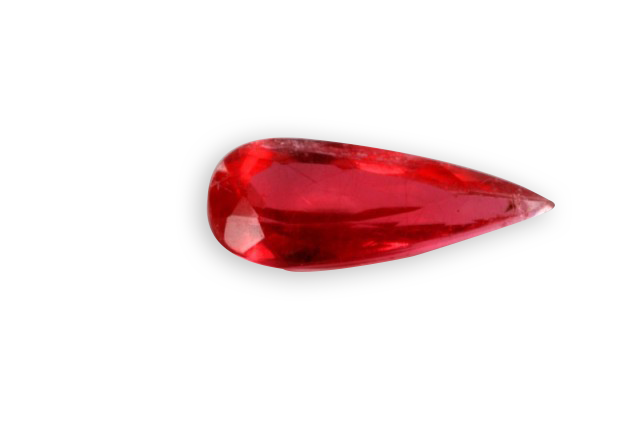
rhodonite
Its name comes from the Greek “rhodon” for “ rose “, as for rhodochrosite. dark pink color, light pink, with black dendritic inclusions of manganese oxide. Soluble in acids which discolor it, easily fuses with a torch. Varieties of colorful gems come from Australia and
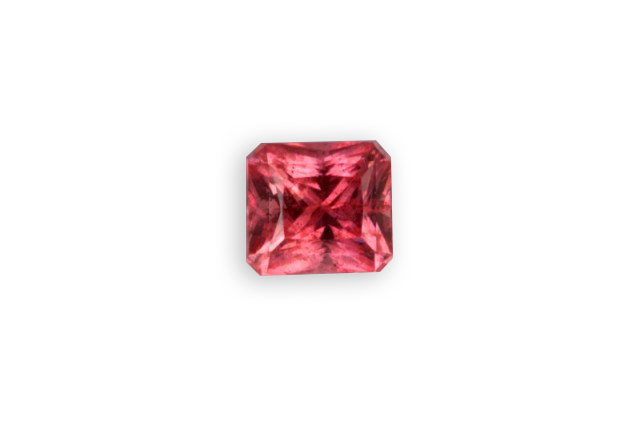
rhodochrosite
The gem variety, which is only marketed since 1950, yet named dialogite or “Inca Rose”, saw its name derived from the Greek “rhodon” for rose. In fact, the term dialogite was reserved to rhombohedral crystals. It is of a pinkish red to yellowish color, with
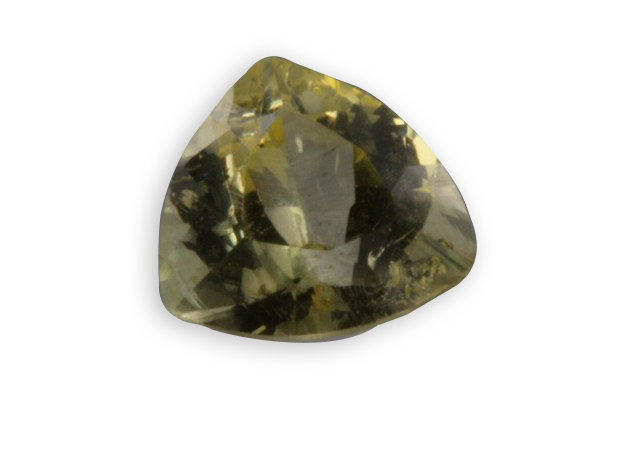
rhodizite
Discovered in 1834, its name comes from the Greek “pink” because it has the property of coloring the torch flame in pink. It presents the phenomenon of piezoelectricity and pyro-electricity. The rhodizite is one of the poles a series dominated by potassium, the other pole


